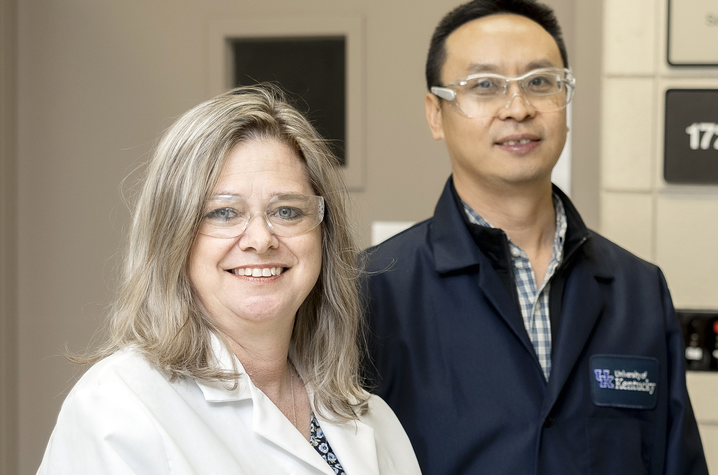Plastic pollution is a major environmental concern, and researchers from the University of Kentucky Martin-Gatton College of Agriculture, Food, and Environment are leading the way with a novel solution.

Image Credit: Sabrina Hounshell
The college’s Department of Biosystems and Agricultural Engineering (BAE) is collaborating with the UK Department of Chemical and Materials Engineering to address the small, sometimes undetectable, plastic particles that are now prevalent in the world’s oceans.
What is NADES?
The study, which appeared in Scientific Reports, focuses on an unusual solution: employing Natural Deep Eutectic Solvents (NADES) to trap and remove these tiny particles from water.
The challenge of micro- and nano-plastics in our environment has been gaining intense attention recently. These minute particles, often invisible to the naked eye, are the remnants of larger plastic pieces broken down by sunlight and physical stress. Their size makes them notoriously difficult to remove using conventional methods like centrifugation or filtration, which are either inefficient or too costly.
Jian Shi, PhD, Associate Professor, Department of Biosystems and Agricultural Engineering, University of Kentucky
Plastic is a resilient, low-cost material that is widely used in daily life. However, its strength is also its environmental drawback.
Plastics do not degrade easily, resulting in vast amounts of trash. Over time, these plastics degrade into tiny bits. The tiniest, nanoplastics, are so small that they cannot be seen without a microscope. Their size poses a considerable risk since they can be consumed by marine creatures and reach the human food chain.
Think of NADES as a kind of ‘magnet’ that specifically attracts and holds onto these small plastic pieces. Basically, the NADES mix with the water and ‘stick’ to the plastics, pulling them out of the water.
Czarena Crofcheck, Study Co-Author and Professor, University of Kentucky
The molecules in the NADES can create bonds with the molecules in the polymers, similar to how Velcro works: one side adheres to the other. This feature makes NADES extremely effective in grabbing and retaining plastic particles.
NADES are also unique in their effectiveness and environmental friendliness. They are constructed of natural materials, so they do not introduce new contaminants to the environment while removing current ones.
Shi added, “Our approach introduces the concept of deep eutectic solvents, which are unique in their composition and behavior. Derived from natural sources like plants and coconuts, these solvents transform from solid to liquid when mixed, creating an effective medium to extract these tiny plastic particles from water.”
The researchers concentrated on polyethylene terephthalate (PET), which is present in plastic bottles; polystyrene (PS), which is used to package peanuts; and polylactic acid (PLA), which is used in plastic films and food containers. Using computer simulations, they were able to visualize how these interactions function on a microscale.
Discovery
Their investigations found that specific NADES are highly efficient at removing various forms of plastic from water. This discovery was critical, as it provided a tailored method to plastic removal.
The study describes a novel, successful method for removing micro- and nanoplastics from water. Furthermore, it provides a mechanism for recycling these plastics, which has major environmental advantages.
“Imagine being able to lessen our overall environmental footprint. With contributions from chemical engineering for molecular simulations, we hve been able to deepen our understanding of why these solvents are more effective at pulling plastics out of water. This theoretical understanding is crucial for advancing practical applications and future research,” Crofcheck stated.
While the study is still in its early phases, the team is excited about its potential applications.
Shi concluded, “Our next step is to test these solvents on a larger scale and in various environmental conditions. We believe that NADES could be a game-changer in our fight against plastic pollution.”
Journal Reference:
Hunter, J. R., et. al. (2024) Green solvent mediated extraction of micro- and nano-plastic particles from water. Scientific Reports. doi:10.1038/s41598-023-37490-6